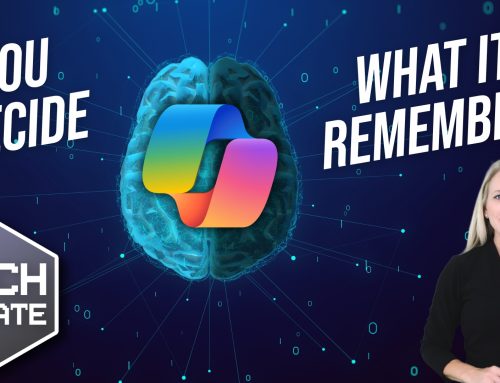Have you ever wondered what the workplace of the near future looks like?
Surprise. It’s already here. And it’s powered by Generative AI.
You’ve probably heard the term thrown around. It’s not just tech jargon or a passing trend.
Generative AI is the kind of artificial intelligence that doesn’t simply analyse data, it creates things. Like text, images, code, even music. And that’s all based on what it has learned from massive amounts of information.
It’s the technology behind tools like ChatGPT, Copilot, and dozens of others. It’s transforming the way businesses operate.
And here’s the big headline: 90% of businesses are already using Generative AI in some way.
That’s not a small pilot test or cautious toe-dip in the water. That’s nearly everyone doing something with AI right now.
It’s even overtaken cyber security in terms of business spending.
Think about that for a second: Companies are now investing more in AI tools than in protecting themselves from cyber crime. That tells you how serious they are about tapping into the power of this technology.
So, what’s behind this surge?
For starters, Generative AI can seriously improve productivity. You can generate first drafts of reports, marketing copy, or emails in seconds. Developers can write code faster. Customer service teams can automate common queries. It’s not about replacing people. It’s about helping them get more done, more easily.
And businesses aren’t picking up pre-built tools. They’re getting ambitious. Many are building their own AI-powered applications using their own data. That means they’re customising it to suit their unique goals, challenges, and customer needs.
The result? Smarter automation, better insights, and a serious competitive edge.
But like anything powerful, Generative AI comes with its own set of challenges.
Some businesses are still figuring out how to train their teams.
Others are working out how to define the right AI skillsets during hiring. It’s a fast-moving space, and there’s a big learning curve.
By the end of 2025, three out of four companies are expected to have in-house AI training programmes. That’s a huge jump. And a sign that AI’s becoming a core business skill.
Of course, it’s not all plain sailing. There are concerns around accuracy, data privacy, and how to manage this technology responsibly. Generative AI can be very confident in its answers… even when it’s totally wrong about something. That’s why it’s so important to have the right checks and balances in place, and not blindly trust whatever it produces.
If you’re not already thinking about how your business can use AI, now’s the time. Whether you want to boost productivity, improve customer experience, or simply stay ahead of your competitors, Generative AI has something to offer.
And if you feel overwhelmed by it all, that’s OK. You don’t have to figure it all out at once. Start small, learn as you go, and don’t be afraid to ask your IT partner (or me and my team) for guidance.





